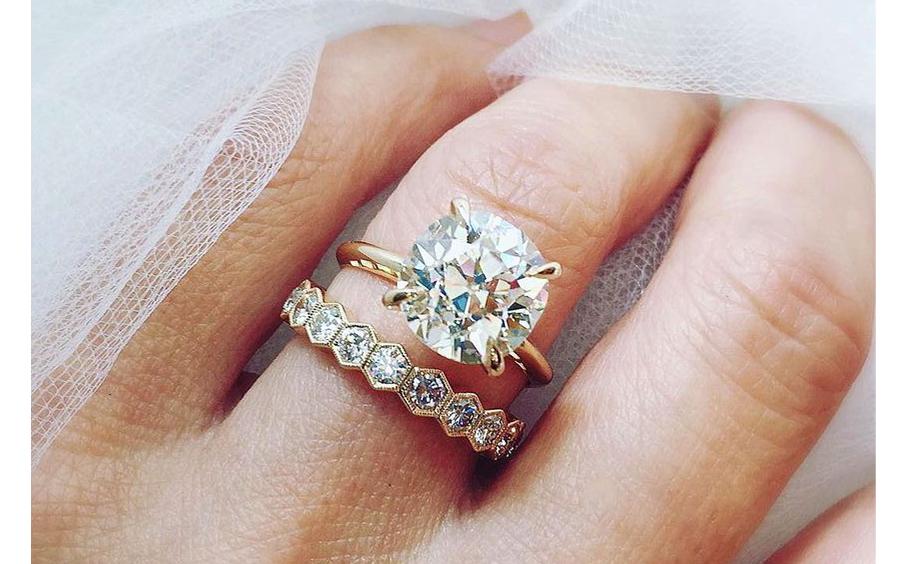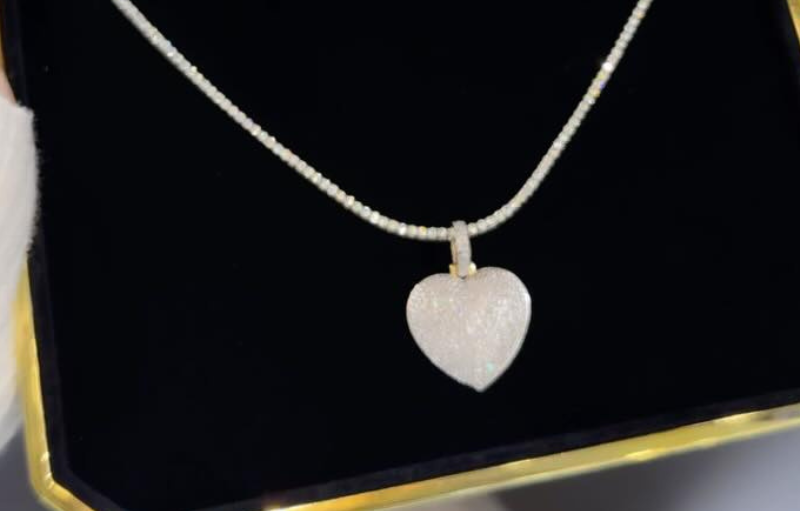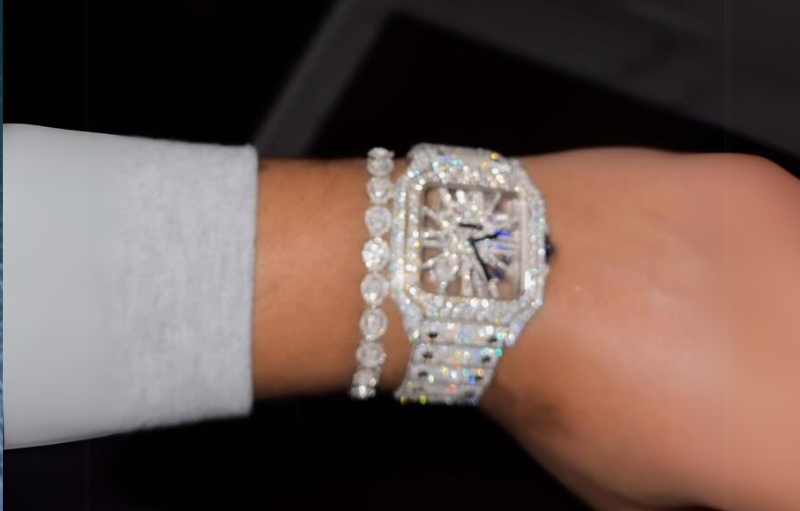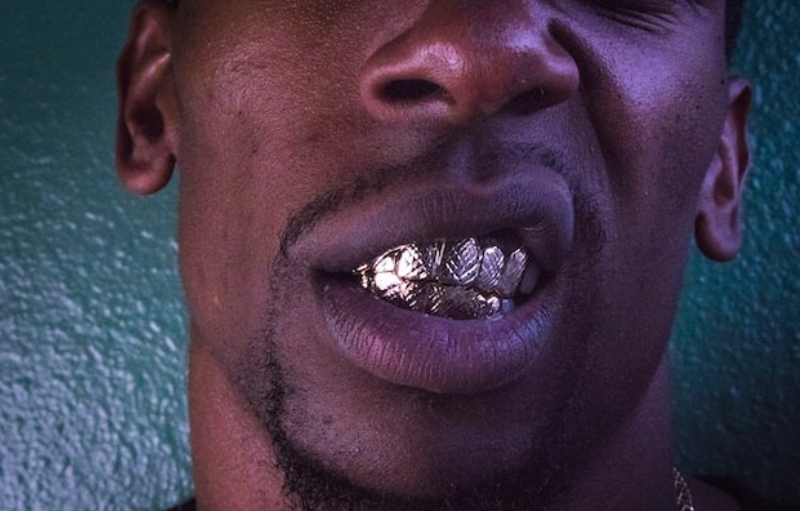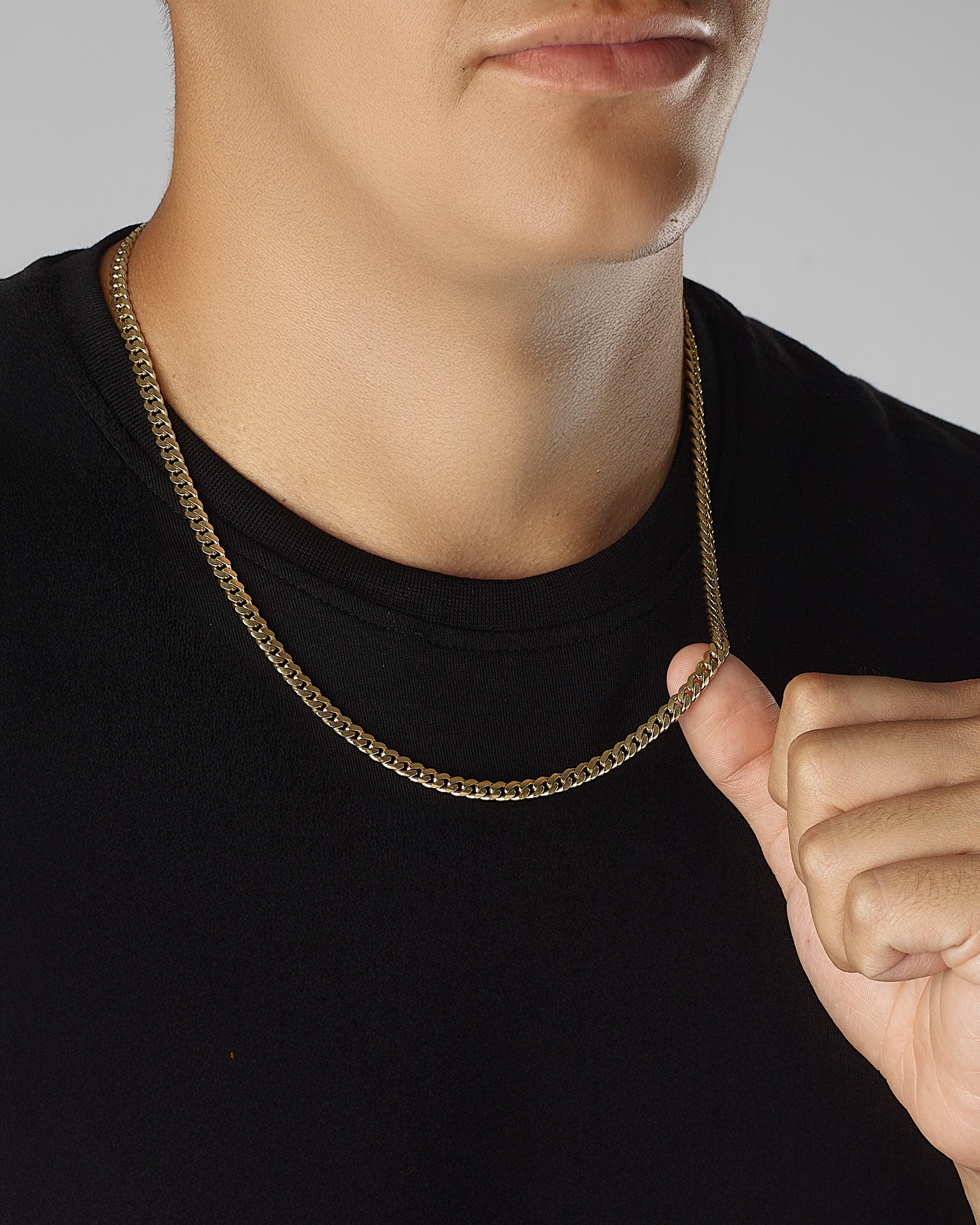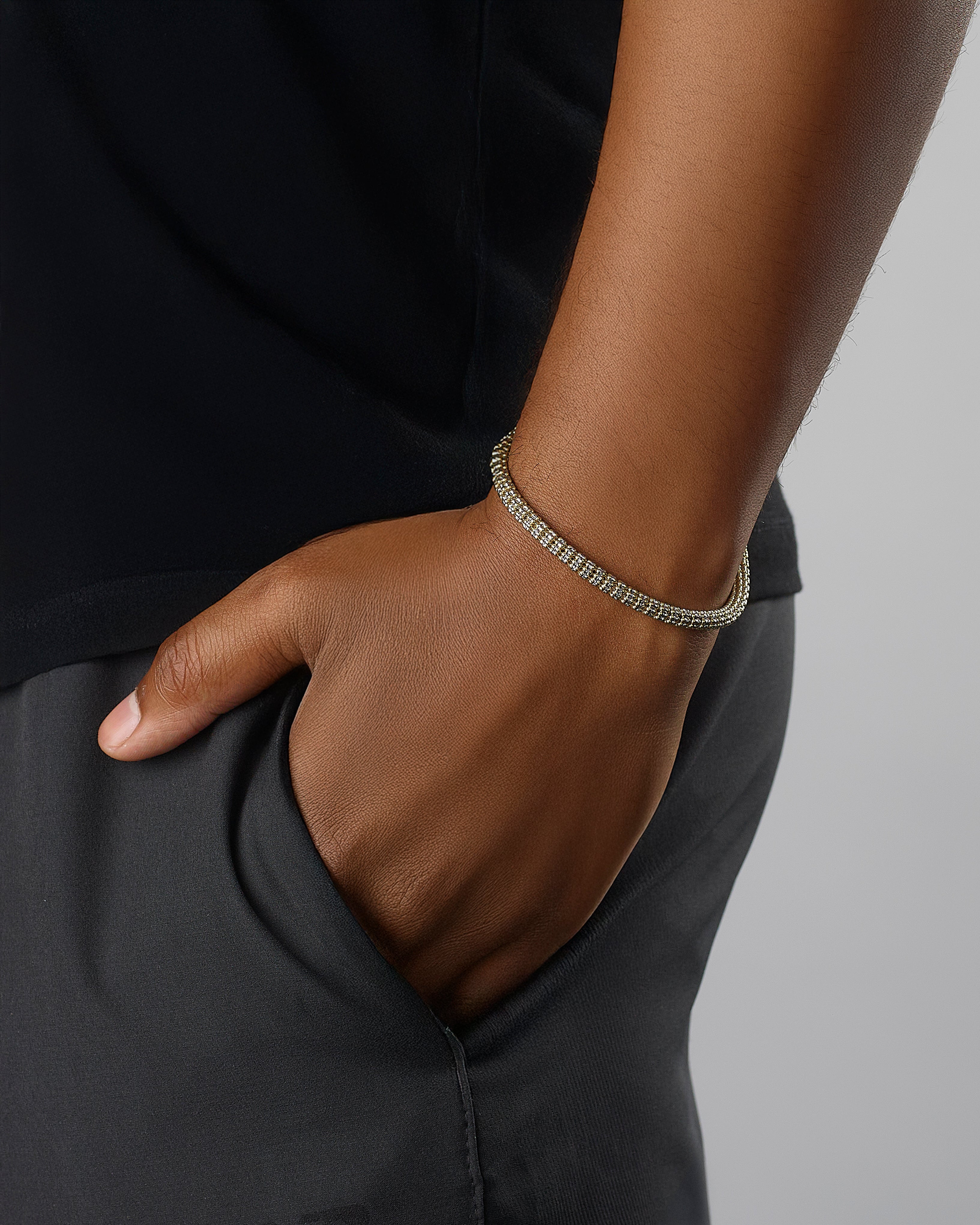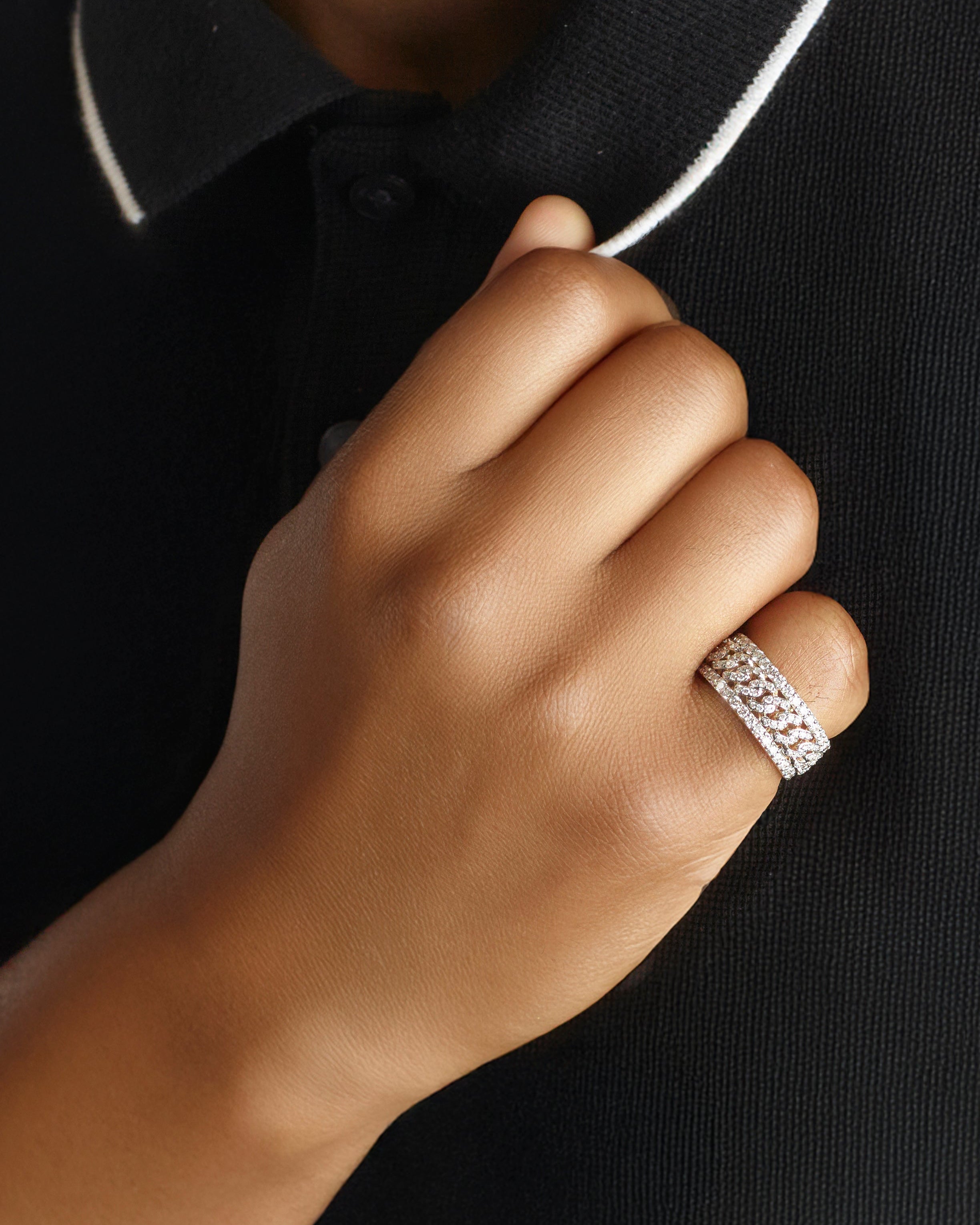Diamond engagement rings are universally recognized symbols of love and commitment, often marking one of the most significant moments in a person’s life. But where did this tradition begin, and how did diamonds become the gemstone of choice for engagement rings? Let’s take a journey through time to explore the fascinating history of diamond engagement rings and how they evolved into the cherished tradition we know today.
Ancient Origins: The First Engagement Rings
a. Early Roman and Egyptian Traditions
- Rings as a Symbol of Eternity: The tradition of exchanging rings dates back to ancient Rome and Egypt, where circular bands were seen as symbols of eternity and an unbroken bond. These early rings were often made of braided reeds, hemp, or leather.
- The First Metal Rings: The Romans are credited with introducing metal rings into marriage ceremonies. Iron bands, known as "annulus pronubis," were given to brides as a symbol of strength and permanence.
b. The Use of Precious Stones
- Gemstones as Status Symbols: In ancient times, gemstones were often used in rings to signify wealth and social status. Rubies, sapphires, and emeralds were popular choices, each carrying its own symbolic meaning.
- The First Recorded Diamond Engagement Ring: The earliest recorded diamond engagement ring was given by Archduke Maximilian of Austria to Mary of Burgundy in 1477. This marked the beginning of diamonds being associated with engagement rings, particularly among European nobility.
The Renaissance and the Rise of Diamonds
a. Diamonds as Symbols of Power and Purity
- Renaissance Europe: During the Renaissance, diamonds became increasingly popular in Europe, especially among the elite. They were believed to possess mystical properties, including the ability to bring good fortune and protect against evil.
- Betrothal Rings: Betrothal rings with diamonds became more common, but they were still primarily worn by royalty and the wealthy due to the rarity and cost of diamonds.
b. The Influence of Royalty
- The Evolution of Diamond Cutting: As diamond cutting techniques improved during the Renaissance, the gems became even more desirable. The development of the rose cut and other early cuts enhanced the brilliance of diamonds, making them more attractive for use in engagement rings.
- Royal Endorsement: The endorsement of diamond rings by royalty, such as Queen Elizabeth I of England, further cemented their status as symbols of power, wealth, and love.
The Victorian Era: The Romantic Revival
a. The Influence of Queen Victoria
- Victoria and Albert: The marriage of Queen Victoria to Prince Albert in 1840 had a profound influence on engagement ring trends. Victoria’s love of jewelry, particularly diamonds, led to a surge in the popularity of diamond rings.
- Sentimental Designs: The Victorian era saw the rise of romantic and sentimental jewelry, including engagement rings featuring intricate designs, floral motifs, and the use of diamonds alongside other gemstones.
b. The Growth of the Diamond Industry
- The Discovery of Diamonds in South Africa: The discovery of vast diamond mines in South Africa in the late 19th century dramatically increased the supply of diamonds, making them more accessible to the general public.
- The Formation of De Beers: In 1888, the De Beers Mining Company was established, quickly gaining control over the global diamond supply and marketing diamonds as the ultimate symbol of love and commitment.
The 20th Century: Diamonds Become the Norm
a. The "A Diamond is Forever" Campaign
- De Beers' Marketing Genius: In 1947, De Beers launched the now-iconic "A Diamond is Forever" advertising campaign, which successfully linked diamonds with eternal love. This slogan played a pivotal role in solidifying diamonds as the gemstone of choice for engagement rings.
- Cultural Shift: The campaign led to a cultural shift in the United States and beyond, with the diamond engagement ring becoming a must-have item for couples getting engaged.
b. The Evolution of Diamond Cuts and Settings
- The Popularization of the Round Brilliant Cut: In the mid-20th century, the round brilliant cut became the most popular diamond shape for engagement rings, thanks to its superior sparkle and brilliance.
- Innovations in Ring Design: The 20th century also saw innovations in ring settings, such as the introduction of the solitaire setting, which places a single diamond at the center of the ring, highlighting its beauty and making it the focal point.
The Modern Era: Diversity and Personalization
a. Contemporary Trends in Diamond Engagement Rings
- Variety in Cuts and Settings: Today, couples have more options than ever when it comes to diamond engagement rings. While the round brilliant cut remains popular, other shapes such as princess, oval, and cushion cuts have gained popularity.
- Personalization: Modern couples often seek to personalize their engagement rings, choosing unique settings, mixed metals, and even colored diamonds to reflect their individual style and story.
b. The Ethical Diamond Movement
- Conflict-Free Diamonds: In response to growing awareness of the ethical issues surrounding diamond mining, many couples now opt for conflict-free diamonds that adhere to the Kimberley Process, ensuring their stones are sourced responsibly.
- Lab-Grown Diamonds: Lab-grown diamonds have also emerged as a popular choice, offering an ethical and often more affordable alternative to natural diamonds.
Conclusion: Diamonds as Timeless Symbols of Love
From ancient times to the present day, diamond engagement rings have evolved from symbols of power and status to universal tokens of love and commitment. Their enduring appeal lies in their ability to capture the beauty and resilience of relationships, making them a timeless choice for couples around the world. As the tradition continues to evolve, diamond engagement rings remain a cherished symbol of one of life’s most meaningful moments.


